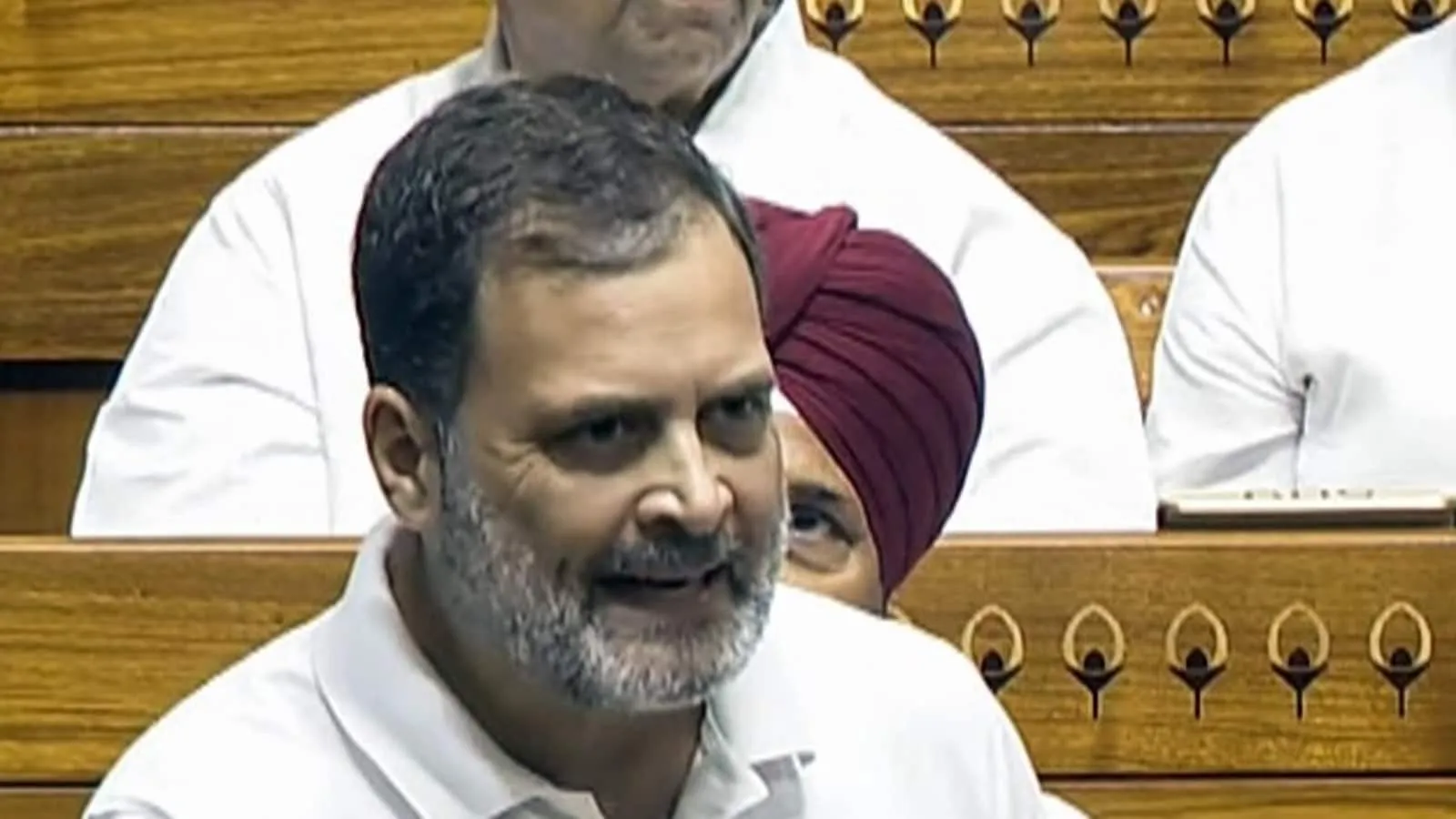Luxury Market Shift: Henrys Taking the Lead
There is a notable shift in the luxury market landscape in India. No longer is luxury a privilege reserved only for the wealthy. A new breed of consumers, known as Henrys (high earners not rich yet), is making waves by indulging in high-end beauty products, apparel, wines, and more.
The Rise of Henrys in the Luxury Sector
The term “Henrys” refers to individuals with high disposable incomes, ranging from Rs 20-60 lakh per annum, who are not yet considered high-net-worth individuals. These aspirational buyers, typically aged between 25-35, are fueling the growth of the luxury market.
Henrys are characterized by their pursuit of value and unique products, seeking exclusive experiences and differentiated offerings. They start with beauty products and gradually move on to luxury apparel and accessories, expanding their luxury purchases over time.
According to industry experts, luxury spending is no longer limited to the elite; Henrys are contributing significantly to the growing luxury market in India, accounting for a considerable share of total sales.
Changing Dynamics of the Luxury Market
The luxury market in India, currently valued at $27 billion, is projected to reach $60-65 billion by FY30. Personal luxury, which includes apparel, accessories, jewelry, and beauty products, is expected to drive this growth, catering to a broader range of consumers.
Consumers are increasingly dipping their toes into luxury purchases, driven by discounts and special occasions. The market is witnessing a democratization of luxury across income groups, with Henrys playing a pivotal role in expanding the consumer base.
Culinary luxury, a niche segment comprising gourmet cuisine and fine wines, is expected to maintain its exclusivity over the next few years, appealing to a select group of consumers.
Market Expansion Beyond Metros
The love for luxury is not confined to metropolitan cities. High earners from tier 2 and tier 3 cities are also embracing luxury products, contributing to the market’s growth. The rise of malls featuring international luxury brands signifies the widening reach of luxury beyond urban centers.
Indian retailers are adapting to capture the growing demand for luxury goods, with online marketplaces and omnichannel strategies enabling broader access to luxury products. International brands are leveraging celebrity endorsements to enhance brand visibility and appeal to a wider audience.
Conclusion
The evolving consumer dynamics, driven by Henrys and aspirational buyers, are reshaping the luxury market landscape in India. With a growing appetite for luxury products and increasing disposable incomes, the future of the luxury market looks promising, characterized by diversity and inclusivity.
Source: NDTV





